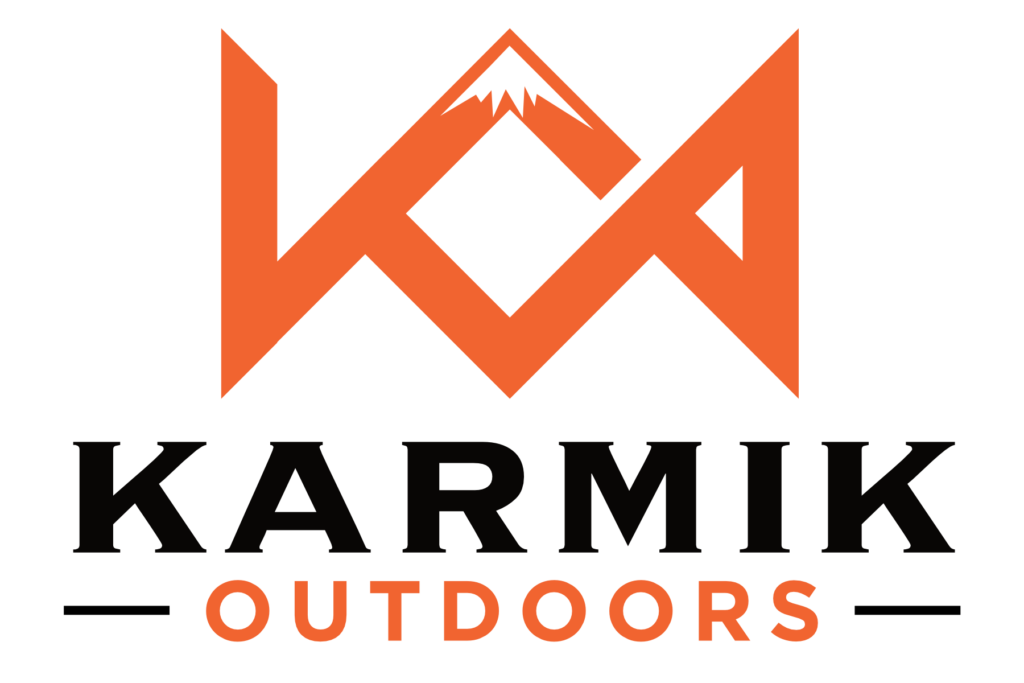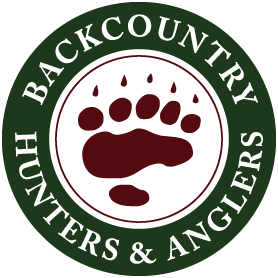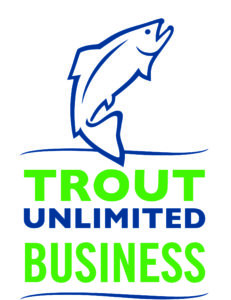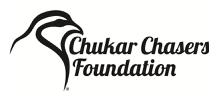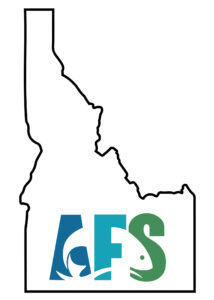People think if they lose something they cant get it back. All hope is lost, that’s it. It’s gone. That is just simply not the case. Go to any outdoor forum (mountainbuzz, Duck Hunting chat, Moab gear, Go4awalk.com, MountianProject.com etc) there are literally thousands of people posting trying to get gear returned.
Have some faith in humanity and know that most people who find something want to get it back to the owner. Wouldn’t you? Even a wallet full of cash can find its way home without a single missing dollar if you give people a chance. Don’t believe me, watch this youtube video. The key to getting your stuff back is providing people with the opportunity to return your stuff.
After doing a search of lost and found items we compiled a list of the most frequently lost items. Use this list as an idea of what you should protect with Karmik Outdoors decals.
Parameters of the search! I looked at Craigslist in a variety of outdoorsy cities In the Northwest including (Boise, Yakima, Spokane, Bozeman, Denver, Bend, Salt Lake, Reno). I avoided niche forums because those will bias the types of finds. I feel like Craigslist is an unbiased lost and found forum whereas mountianbuzz.com will be heavily biased in rafting and whitewater sports thus skewing the data. Also, No pets. Even though you could put Karmik Decals on a dog collar, and we do have them, I decided to not include pets. Please, please, please protect your pets. ON TO THE LIST!
The top three are overwhelmingly the highest frequency lost items. Also, Maybe overwhelmingly, the most expensive and inconvenient things to lose. And as outdoor folks we all have these. Karmik Outdoors is your lost and found outdoor gear solution, but we can also be your solution to other necessary items in your life. If you lose your skis, oh well that sucks, but life goes on. If you lose the top 3 items you’re in for a world of hurt.
1. Phones Sure, you can track your phone. What if it’s dead? Wouldn’t it be easier and faster for the finder to just scan and contact you as soon as it’s found? We’re talking about seconds after finding your phone you can get an email from someone. Your phone or phone case is perfect real estate for one Karmik Decal.
2. Keys If you have a key FOB you should put a Karmik decal on there. Period. You can get your car, house, storage, bike lock, gun lock and any other keys back within minutes. If you lost your keys right now, could anyone get them back to you? How long would you look for them, how far would you retrace your steps? How long would it take you to make another set of keys? These modern car keys are expensive to replace! Karmik has an Anywhere Tag that fits on most key fobs or our Bag Tag works well on key chains.

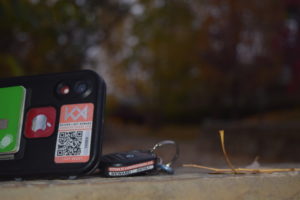 3. Wallets Forget the money, you can make more money, you will never get the time you waste back! If you lose your wallet you have to call all your banks, all your credit cards, and the Department of Motor Vehicles to cancel and get new ones. What a pain in the A$$. Save your time, stress, anxiety and maybe money and just put a Karmik decal on, or in, your wallet.
3. Wallets Forget the money, you can make more money, you will never get the time you waste back! If you lose your wallet you have to call all your banks, all your credit cards, and the Department of Motor Vehicles to cancel and get new ones. What a pain in the A$$. Save your time, stress, anxiety and maybe money and just put a Karmik decal on, or in, your wallet.

You need at least 3 Karmik Decals for these items.
And now- onto our beloved outdoor gear.
4. Backpacks (Motorcycle gear, Fishing, Hunting, Computer, Mountain biking, Camlebak, Hiking, Photography, Disk Golf). I know I’m cheating here and putting lots of items into one category but hey, they get lost VERY often. Whatever your poison, you probably have a pack for it of some kind. And fortunately/unfortunately we fill these packs with all kinds of gear and gadgets. So if it gets lost, you just lost tons of stuff. Put one Karmik Bag Tag on your packs and protect everything in it.

 5. Drones. These things fly! When the wind blows or a less than professional person is flying one, they tend to fall out of the sky in places where they can’t be found. Some have built in GPS, some don’t. You shouldn’t rely on a battery powered thing in the out-of-doors. That’s like rule #1. Put a non-battery powered, no bluetooth needed, weatherproof Karmik decal on your gear. Two is one, one is none as the military saying goes. If you have a drone, you need one Karmik decal.
5. Drones. These things fly! When the wind blows or a less than professional person is flying one, they tend to fall out of the sky in places where they can’t be found. Some have built in GPS, some don’t. You shouldn’t rely on a battery powered thing in the out-of-doors. That’s like rule #1. Put a non-battery powered, no bluetooth needed, weatherproof Karmik decal on your gear. Two is one, one is none as the military saying goes. If you have a drone, you need one Karmik decal.
6. Cameras. Of all the groups of hobbyists in the world the most passionate and expensive can be photography. It’s also a popular crossover hobby. I know tons of avid fly fishermen who also love photography. Same with skiing. Same with hunting. Same with climbing. Rarely do people only engage in one outdoor recreation activity and photography seems to be the activity that lots of various groups all engage in. You need one Karmik decal (skinny decals) on your camera and your lenses; also, see #4 above.

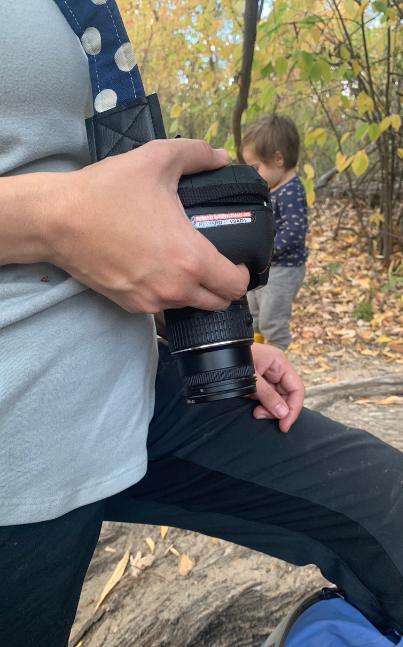 7. Sun glasses. These things pop up a lot on Craigslist lost and found. Some shades are spendy. When you get a set of name brand high quality sunglasses that have polarized lenses or interchangeable lenses or prescription lenses these can be really expensive. Our decals will absolutely fit in, or on, sunglass cases. Maybe also, our skinny Anywhere Tag can fit on the glasses if they are at least 8mm wide.
7. Sun glasses. These things pop up a lot on Craigslist lost and found. Some shades are spendy. When you get a set of name brand high quality sunglasses that have polarized lenses or interchangeable lenses or prescription lenses these can be really expensive. Our decals will absolutely fit in, or on, sunglass cases. Maybe also, our skinny Anywhere Tag can fit on the glasses if they are at least 8mm wide.
8. Skis/Snowboards. Ya, did it again with two things in one category, so what. Chances are you ski or snowboard but probably not both unless you’re really cool. You might have a mixed family of ski and snowboarding folk. Either way skis and snowboards are “lost” a lot. I think a majority of the time there is a mistake in identity and your stuff gets taken by accident. If you check with your local ski hill they have a huge pile of lost and found items. Some are skis and snowboards that have been returned. Here is an additional benefit to Karmik decals… when you or your kids outgrow their gear and you sell it, your Karmik decals are now a selling feature. Our QR codes can be deregistered in your account and the new owner can register them! Your resale value is much higher with our decal vs your name and phone number carved or written all over. You should have one Karmik decal on per ski or board.
9. Gloves. In the same breath as skis and snowboards the frequency of lost gloves is really high. Probably higher than skis and snowboards. Under every ski lift across the land lay a lonely missing glove. Of all things on the planet these should be the one thing everyone wants to give back. What good is one glove to anyone? Our service can be used in so many different ways but our decals probably won’t work with gloves. We do however have options to incorporate our service into your favorite gloves. Do us a solid and tell your favorite ski or hunting glove manufacturer to work with us so we can protect gloves too!
10. Poles. I know. Now it’s getting annoying grouping so many things into the same category. Skiing poles, Trekking Poles, bi-pods, whatever kind of pole you’re using, we can help. These poles are not to be confused with #11 poles. You need one Karmik decal per pole, so usually 2.
11. Fishing Poles. Karmik was actually started because the founder was fly fishing and found a lost fly rod. He had the idea to start a company so people can return found fly rods and other outdoor paraphernalia. Both fresh and saltwater and conventional and fly fishing should have a Karmik decal. Karmik’s Anywhere Tag goes perfect on a fishing rod. Some fly rods cost over $1000. Could you imagine losing that? Give someone the opportunity to return it by making sure it’s identifiable. You need one Karmik decal per rod. If I was going to Belize/Alaska/Bahamas/Jackson Hole and my rods got lost somewhere…. my trip is “ruined”. With Karmik’s decals, communication happens immediately and you can have the finder send your gear to your destination.

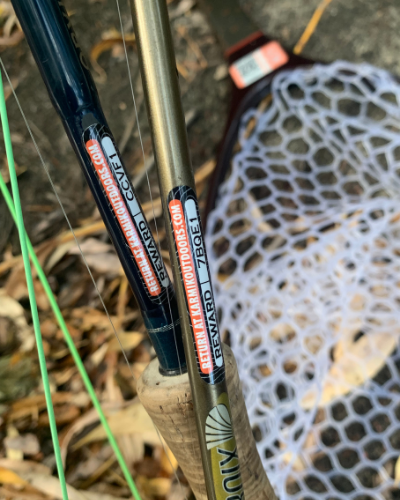 12. Optics. Both spotting scopes and binoculars. I don’t know how people lose these, don’t ask me that. I have mine strapped to my chest ALWAYS. But if I did have a momentary lapse in judgement, maybe during a high stress – high excitement moment – like when an elk walks up on you at 20 yards and you arrow the beast. During your excitement you forget your binos were sitting next to you. Hey, it can happen, and clearly it does happen enough that people post about losing and finding optics regularly. I can’t imagine trying to tell my wife I lost a four figure piece of gear that I need to replace. You need one Karmik decal per optic you run.
12. Optics. Both spotting scopes and binoculars. I don’t know how people lose these, don’t ask me that. I have mine strapped to my chest ALWAYS. But if I did have a momentary lapse in judgement, maybe during a high stress – high excitement moment – like when an elk walks up on you at 20 yards and you arrow the beast. During your excitement you forget your binos were sitting next to you. Hey, it can happen, and clearly it does happen enough that people post about losing and finding optics regularly. I can’t imagine trying to tell my wife I lost a four figure piece of gear that I need to replace. You need one Karmik decal per optic you run.

 13. Waterfowl decoys. More decoys are probably lost every year than ducks are harvested! Not really, but some days I feel like I see more lost decoys than I see ducks. We hunt rivers a lot. Sometimes the anchor isn’t long enough, or a big clump of weeds or a big chunk of ice floats down and takes your decoys with it. Another reason why you might need Karmik decals is if you hunt with a big group of hunters. If you’re setting up a big mallard spread in a corn field you might want to keep track of whos is whos. A Karmik decal is perfect for that. Our decals are too expensive to protect your entire flock. Maybe just put one Karmik decal on the bottom of your fully flocked full body mallard or goose decoys.
13. Waterfowl decoys. More decoys are probably lost every year than ducks are harvested! Not really, but some days I feel like I see more lost decoys than I see ducks. We hunt rivers a lot. Sometimes the anchor isn’t long enough, or a big clump of weeds or a big chunk of ice floats down and takes your decoys with it. Another reason why you might need Karmik decals is if you hunt with a big group of hunters. If you’re setting up a big mallard spread in a corn field you might want to keep track of whos is whos. A Karmik decal is perfect for that. Our decals are too expensive to protect your entire flock. Maybe just put one Karmik decal on the bottom of your fully flocked full body mallard or goose decoys.
14. Fishing nets. Having lost and found more nets than I feel comfortable admitting, to say a net NEEDS a Karmik decal is an understatement. Almost guaranteed if you lost a net someone found it. It might have even been me. With no identification on it there is absolutely no chance it will return to you. Now you need to go buy another net. Now you’re out $360 and for only $9.98 you could have gotten yours back. Our decals would have saved you $170. But you don’t need one right, you don’t lose anything. FALSE. You need one Karmik decal per net.

 15. Fishing lure boxes. As a fly tier myself I intimately know the value of hooks with feathers and string wrapped around them. I know the time investment behind a vice that is required to fill a fly box. I also know the passion of bass anglers who will paint their own crankbaits. Or those who take the time to attach upgraded hooks or attach trailer hooks. Literally, for the price of one fly or one lure you could protect the hundreds of dollars in lures or flies in the box. You need one Karmik decal per box. Now, if we could only make our decals small enough to attach to your flies and lures, hmmmm.
15. Fishing lure boxes. As a fly tier myself I intimately know the value of hooks with feathers and string wrapped around them. I know the time investment behind a vice that is required to fill a fly box. I also know the passion of bass anglers who will paint their own crankbaits. Or those who take the time to attach upgraded hooks or attach trailer hooks. Literally, for the price of one fly or one lure you could protect the hundreds of dollars in lures or flies in the box. You need one Karmik decal per box. Now, if we could only make our decals small enough to attach to your flies and lures, hmmmm.
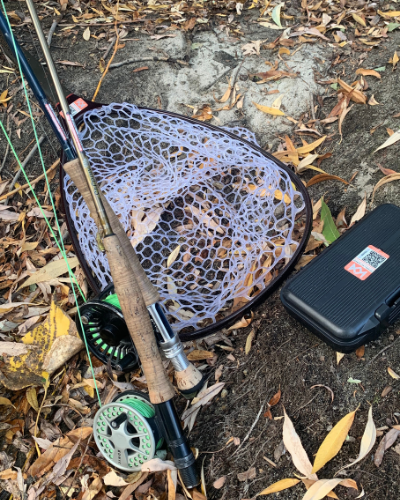 16. Watersports. For the sake of brevity I just threw all water items in the same category. This list could literally be 15 watersports items. Anything used near water will probably get lost. Lifejackets, SUP boards, kayak paddles, rafting oars, anchors, dry bags, boat bags and other paraphernalia that we need as water-loving-outdoor-folk. You could buy a 25 pack of Karmik decals for everything needed in a boat or raft.
16. Watersports. For the sake of brevity I just threw all water items in the same category. This list could literally be 15 watersports items. Anything used near water will probably get lost. Lifejackets, SUP boards, kayak paddles, rafting oars, anchors, dry bags, boat bags and other paraphernalia that we need as water-loving-outdoor-folk. You could buy a 25 pack of Karmik decals for everything needed in a boat or raft.
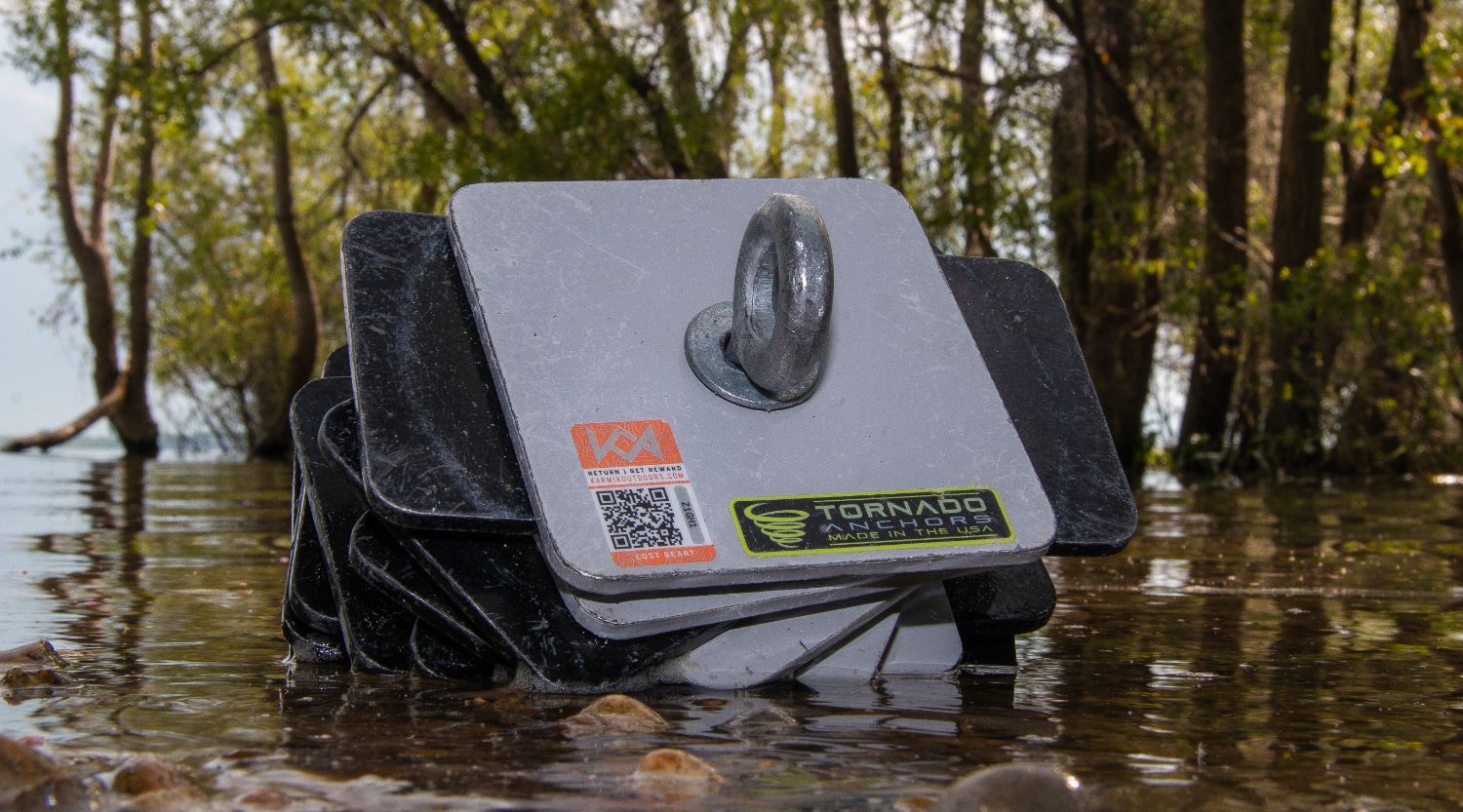 17. Bikes. My first two vehicles cost less than some modern bikes. Honestly. The chances of you losing your road bike or mountain bike are admittedly very small. But not zero. Stuff happens and bikes fall out of trucks, or the carriers fail. I have seen a few bikes on Craigslist. Why not buy a decal for a few bucks to protect your thousands of dollars two wheeler.
17. Bikes. My first two vehicles cost less than some modern bikes. Honestly. The chances of you losing your road bike or mountain bike are admittedly very small. But not zero. Stuff happens and bikes fall out of trucks, or the carriers fail. I have seen a few bikes on Craigslist. Why not buy a decal for a few bucks to protect your thousands of dollars two wheeler.

Other items that are lost way too often:
Ear pods – Power tools – Laptops – Luggage – Guns



Some items might not be reported as lost or found because of perceived value. Some water bottles like Yeti or Hydroflask are expensive, but the finder might not know that. Same with Disk Golf disks and Flies. The finder might not know what those cost. It is also impossible to represent the sentimental value of items.
If you own anything on this list. If you value your items, your money, your time, your mental health, and you want some semblance of sanity and assurance, you need a Karmik decal on your gear. Please protect the things that bring you joy.
– Robert Gillingham, Founder and Owner of Karmik Outdoors. Also, frequent loser of things.
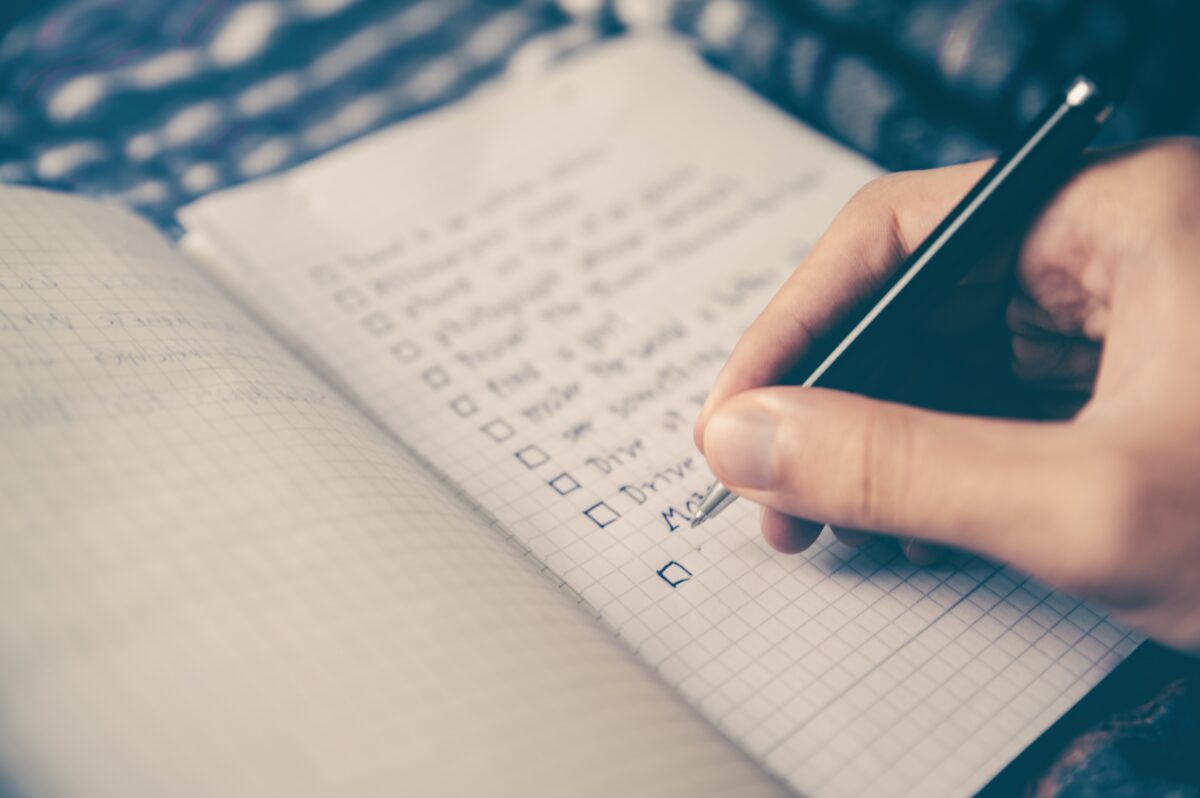
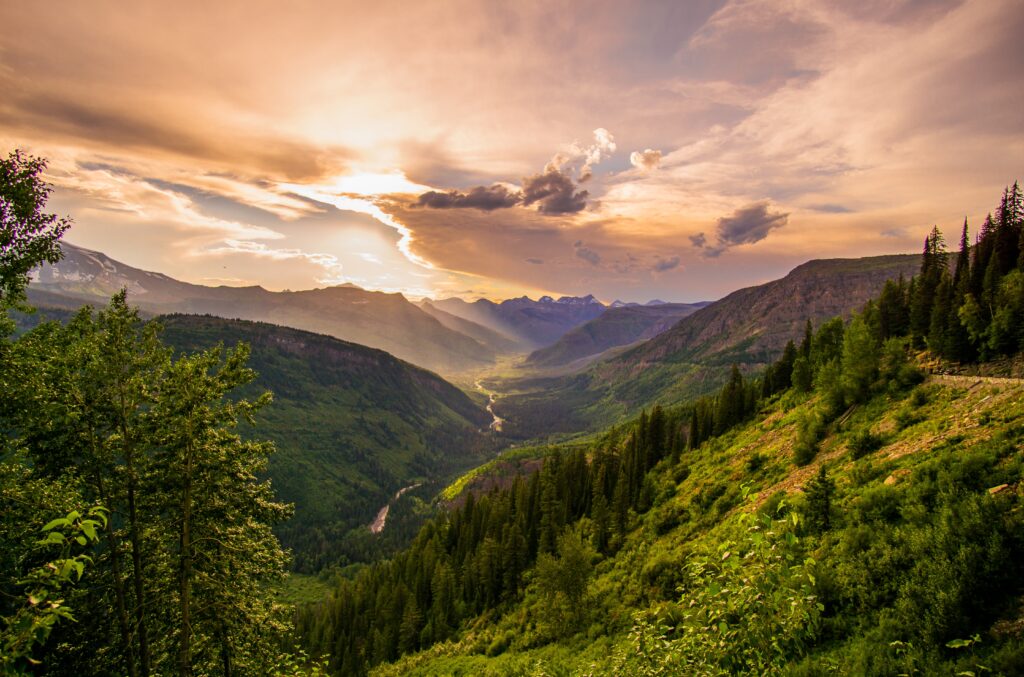

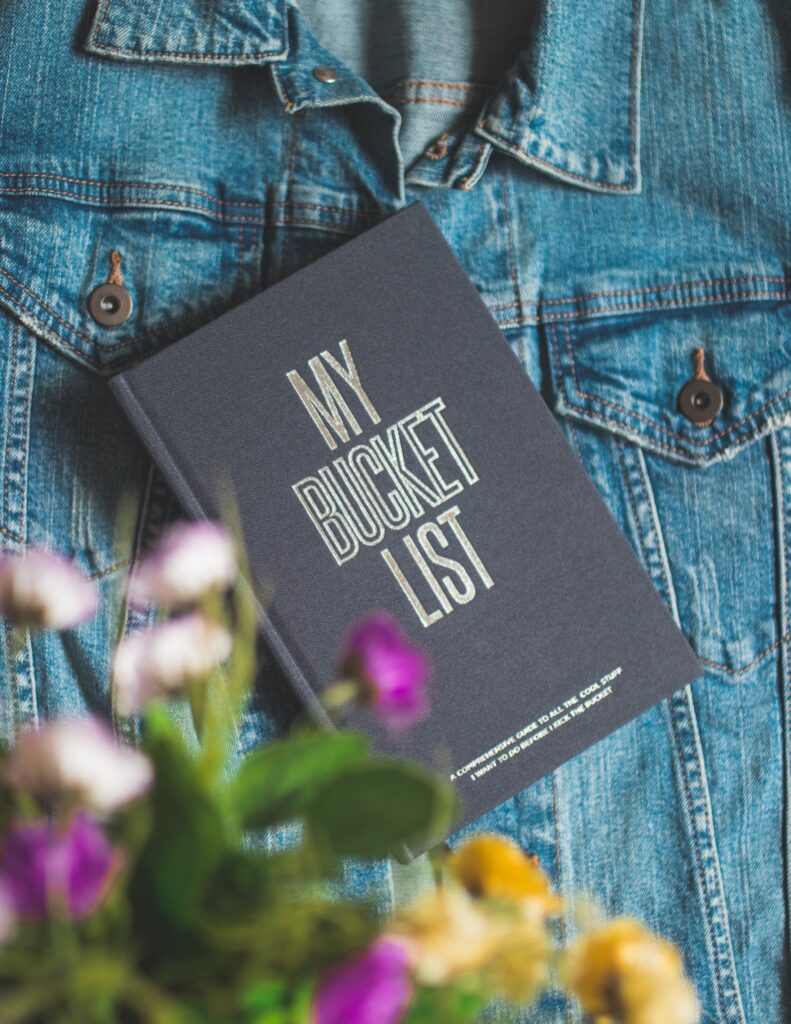

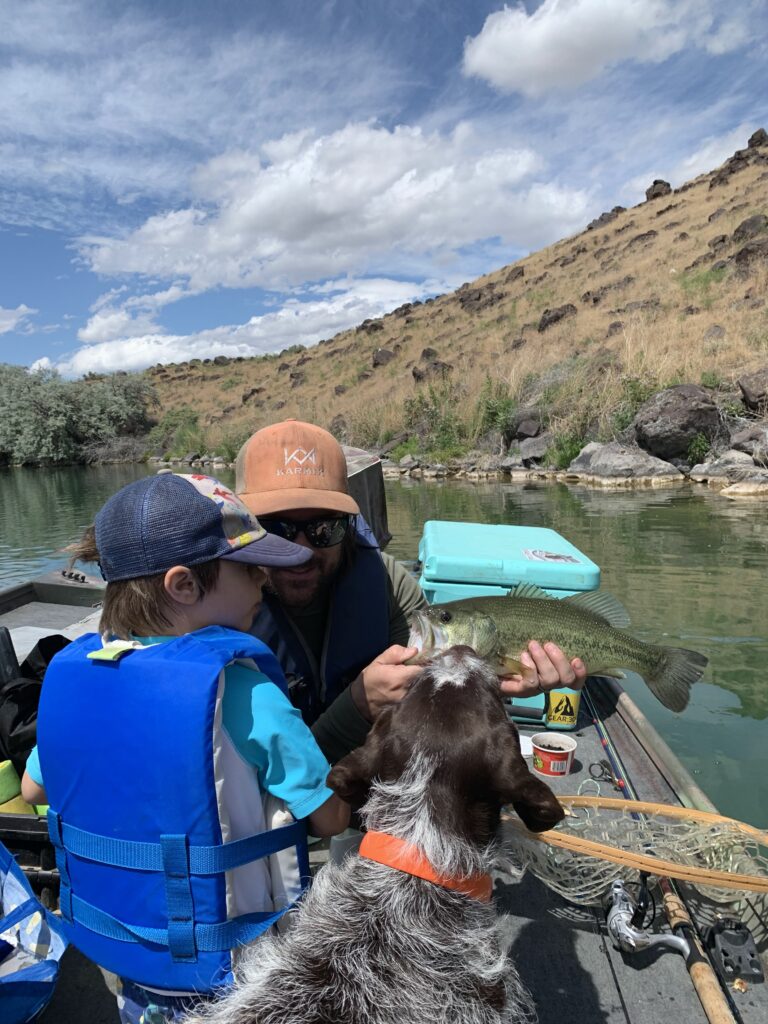
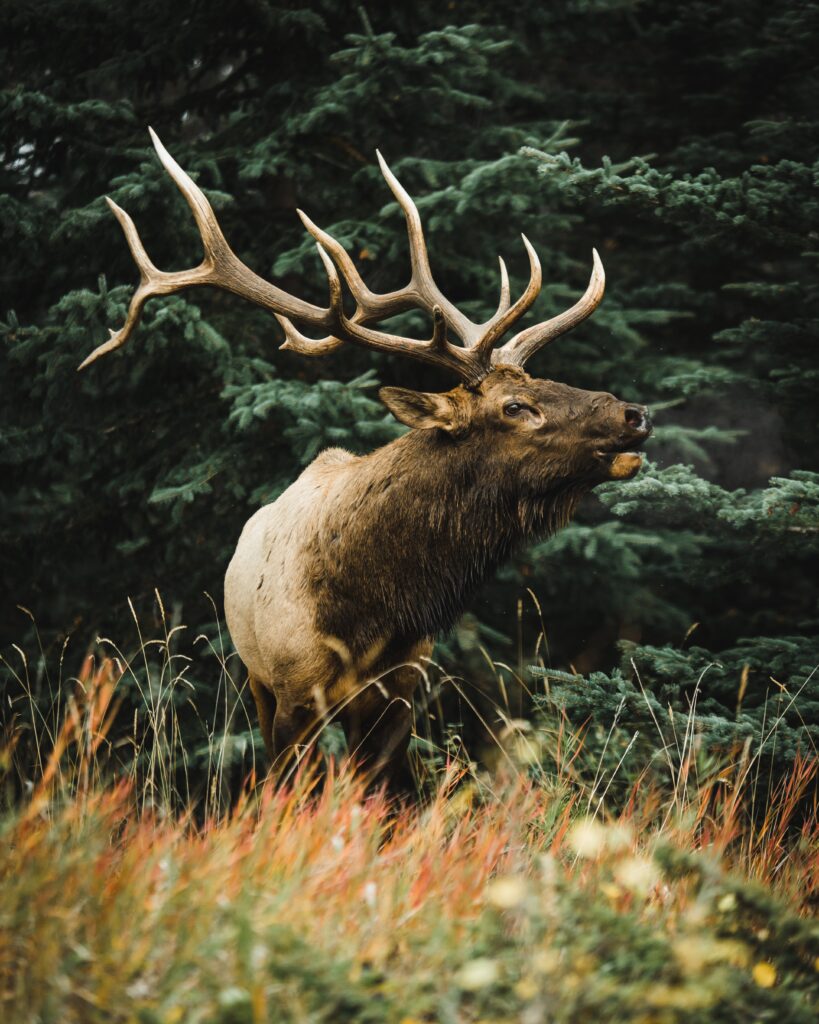
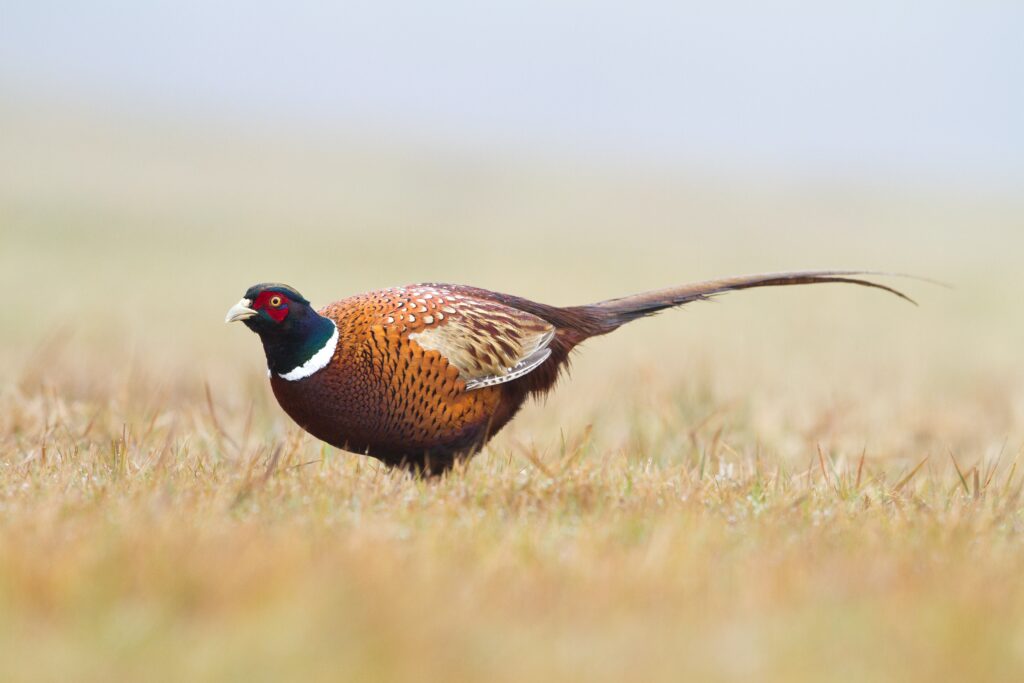

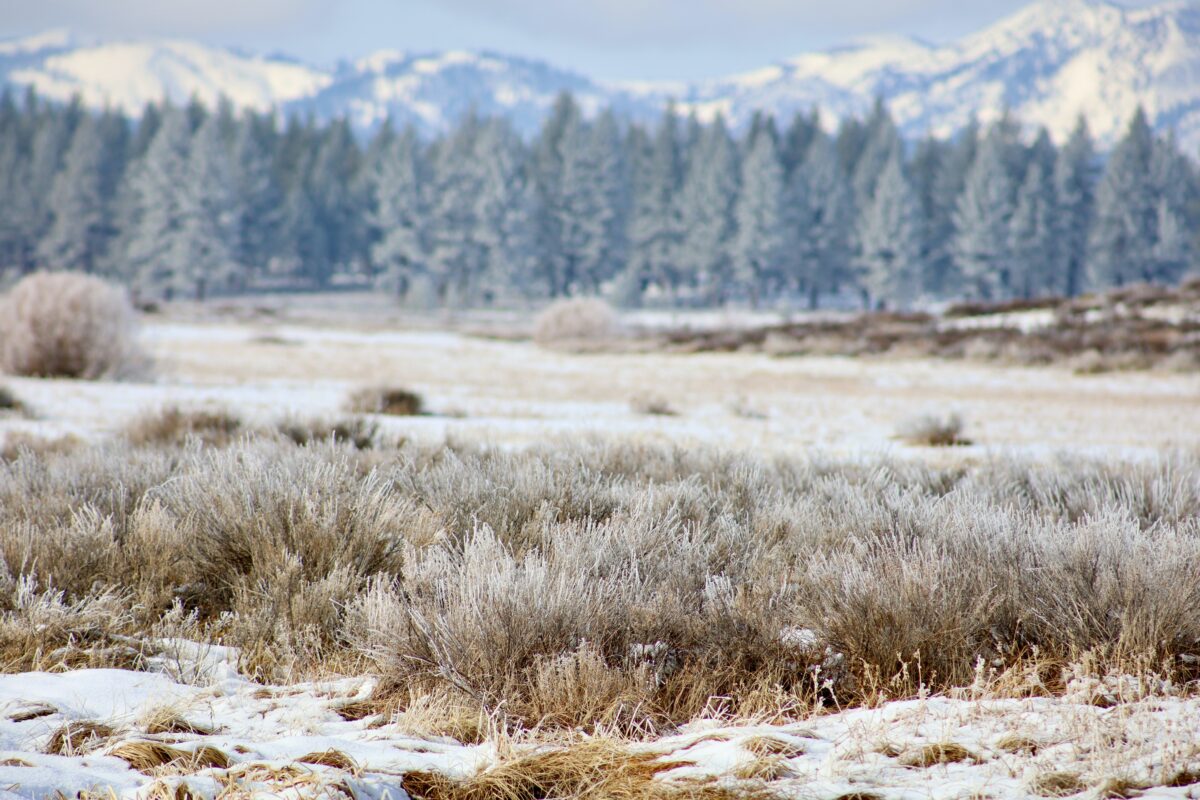
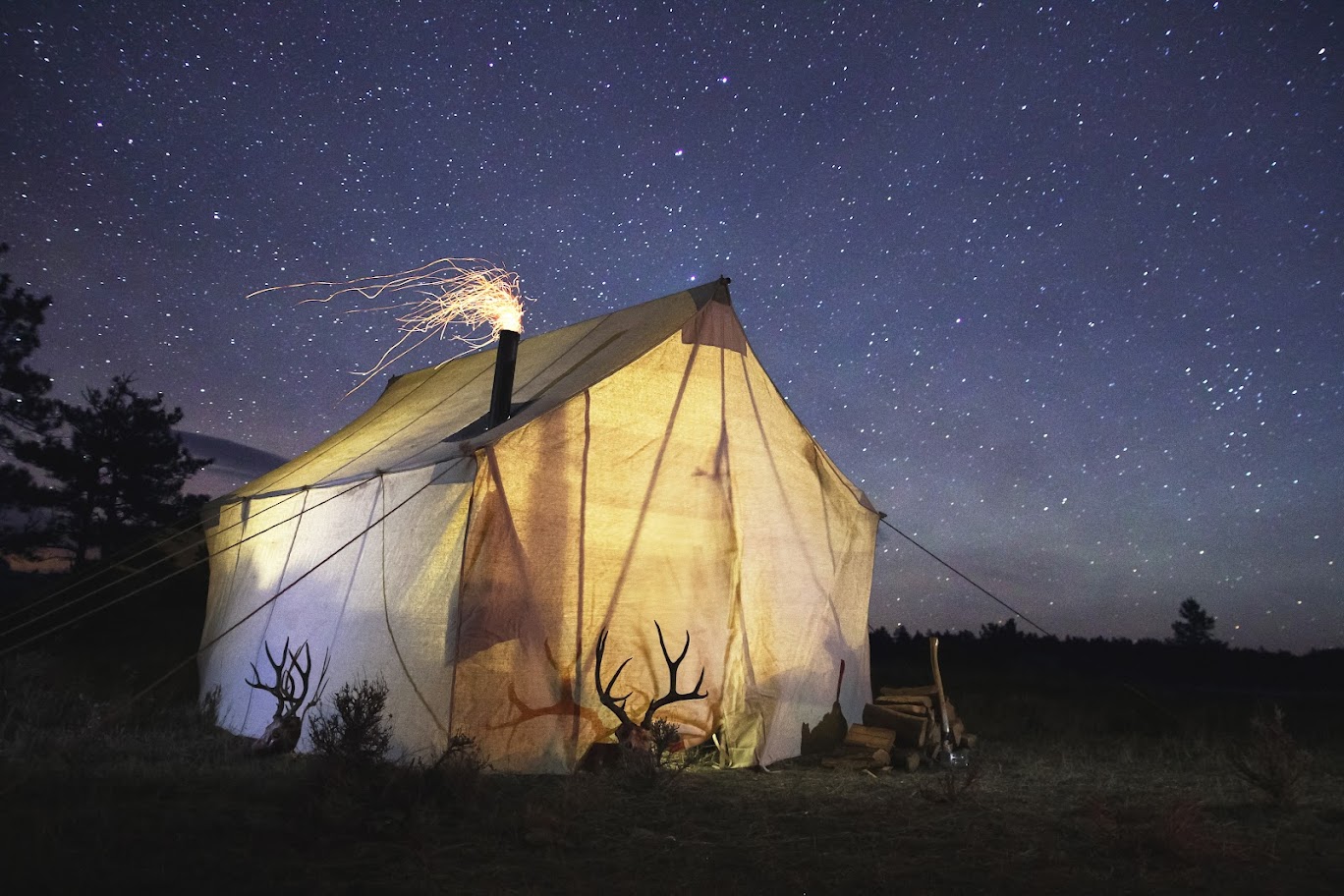
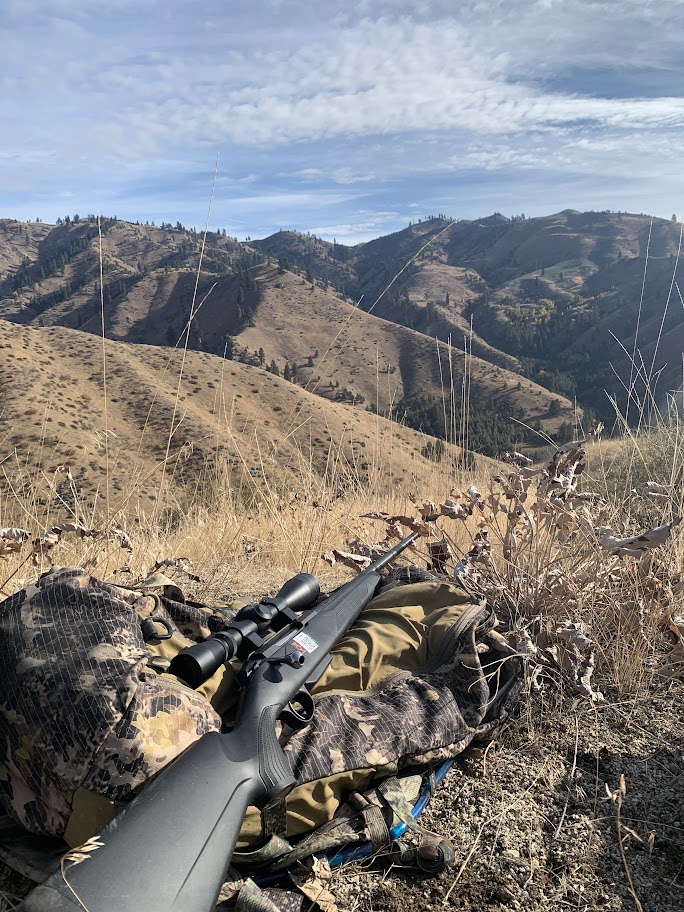

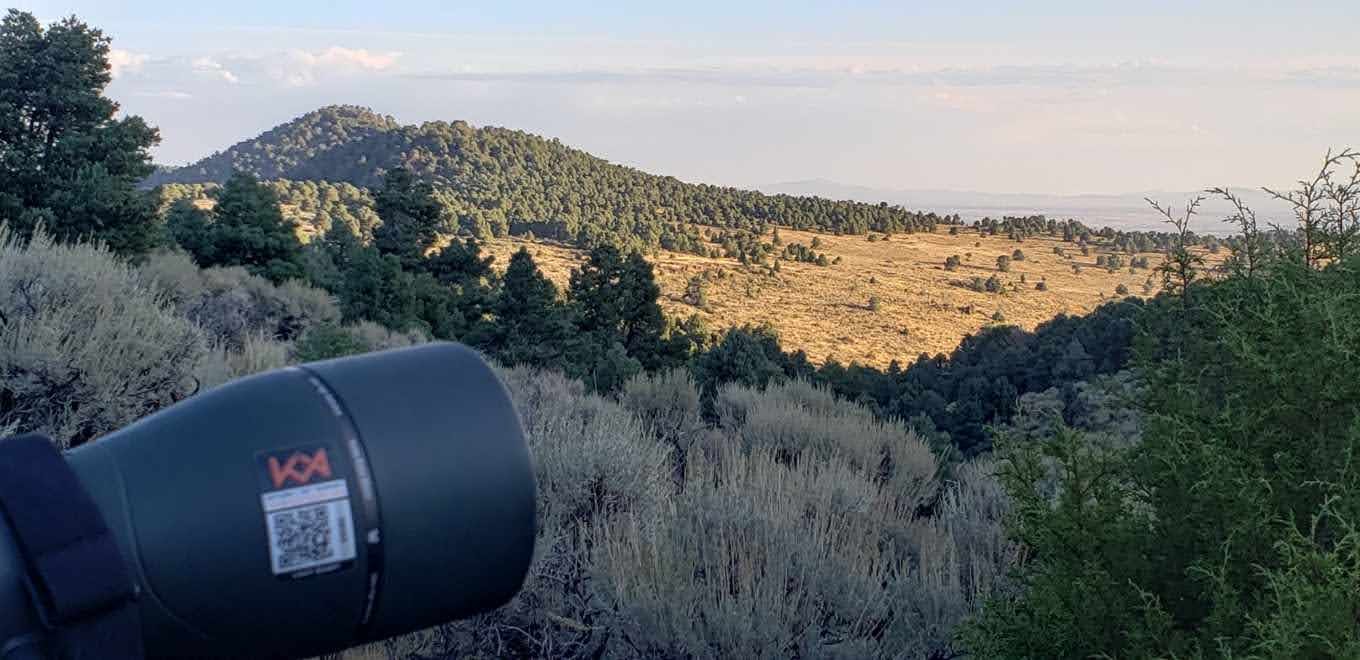

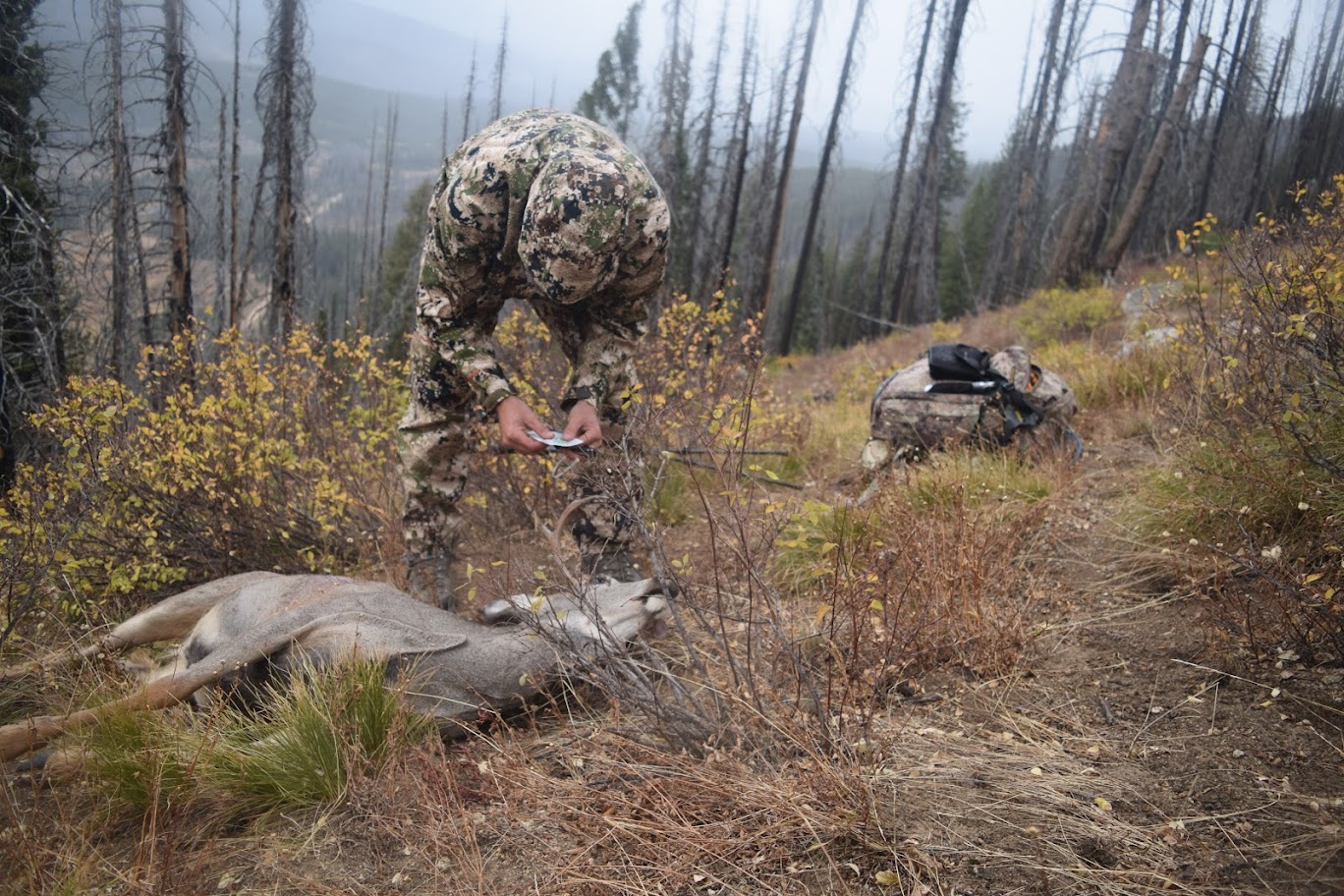
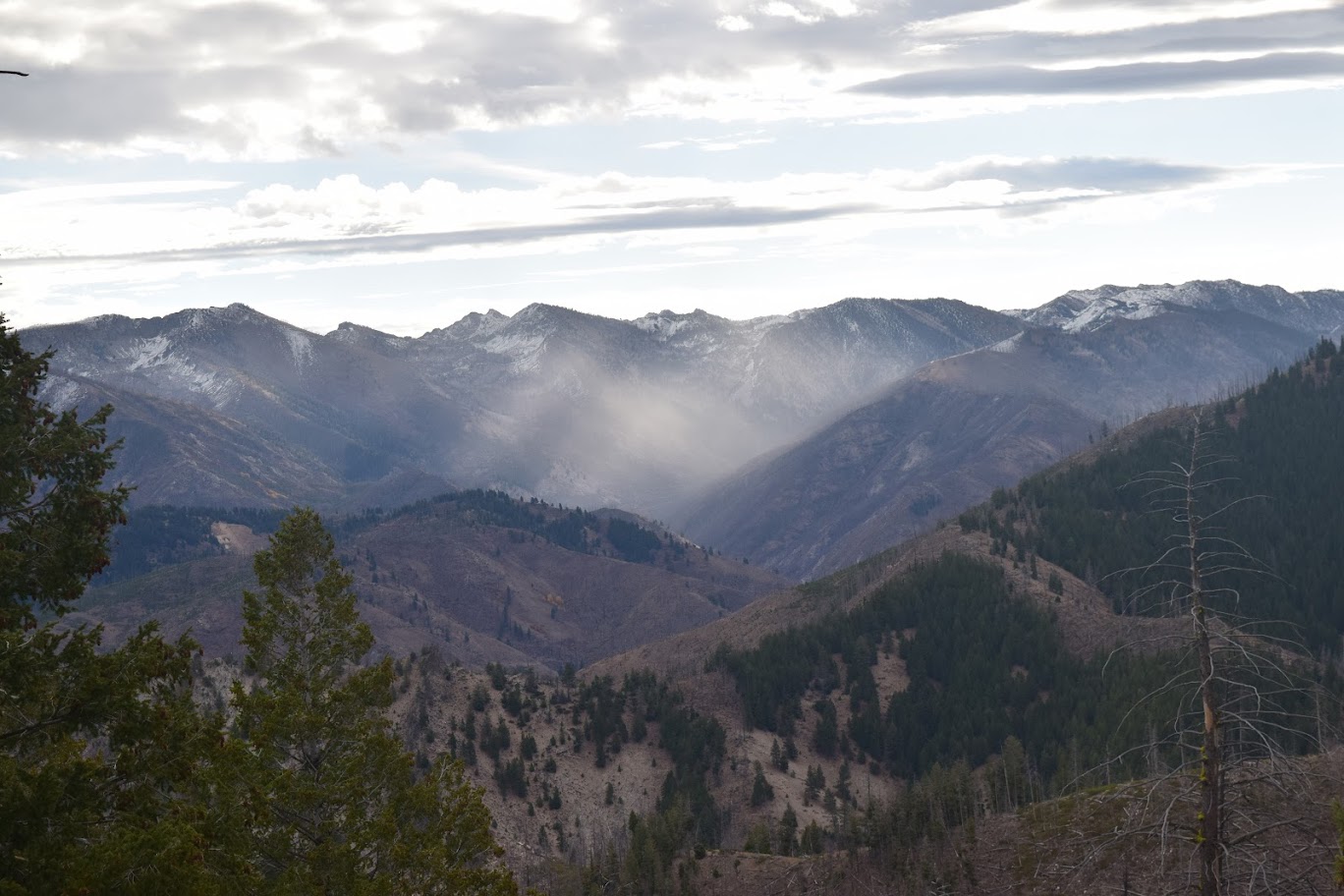
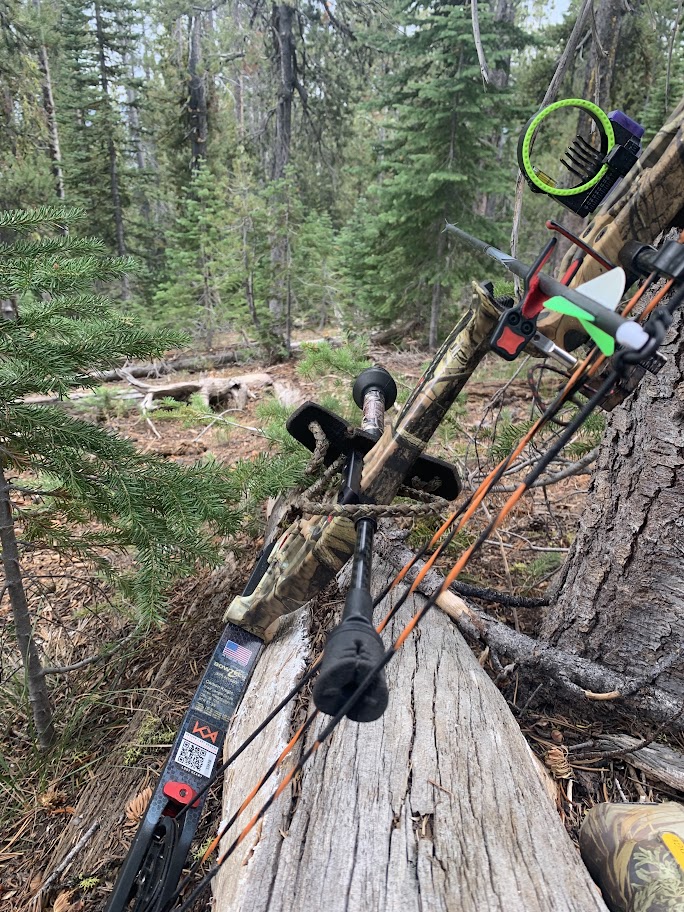
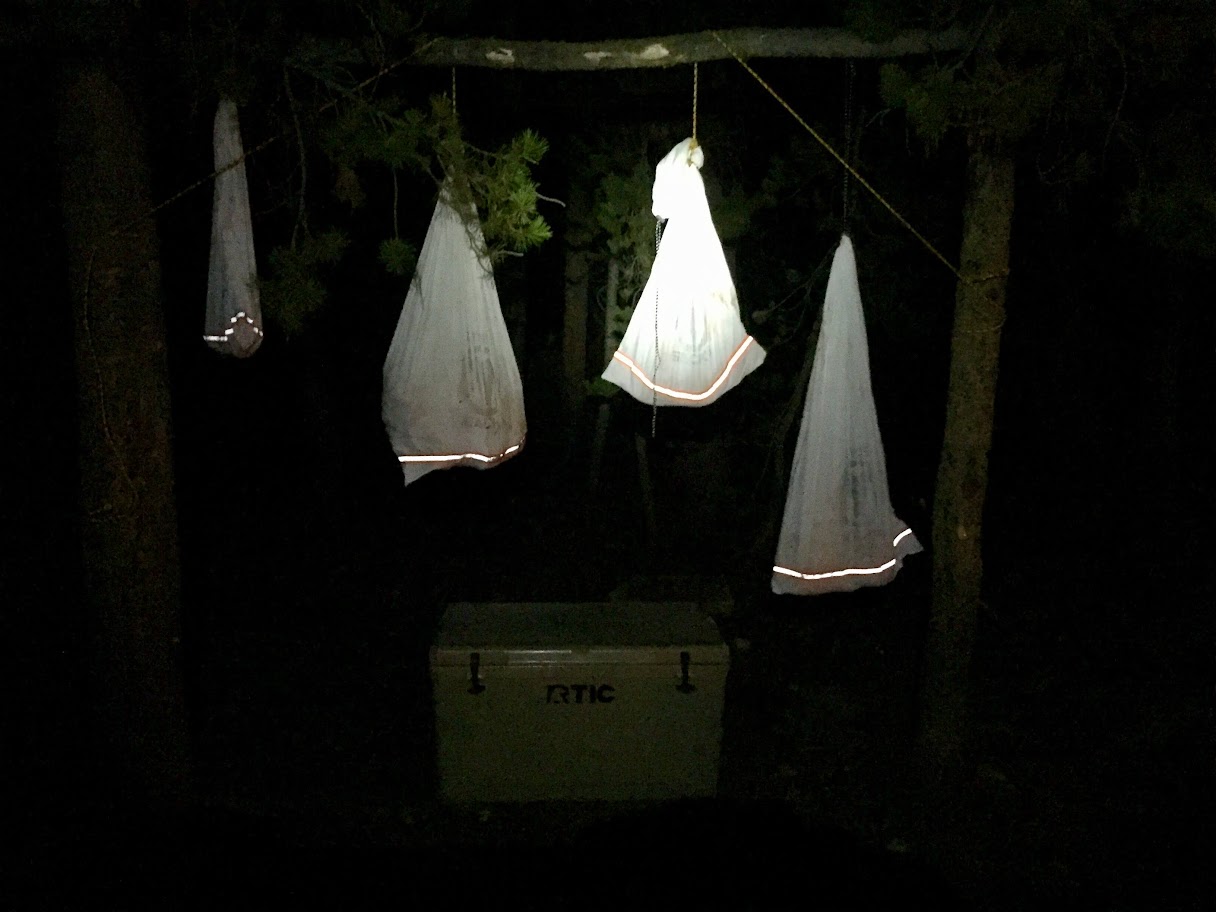
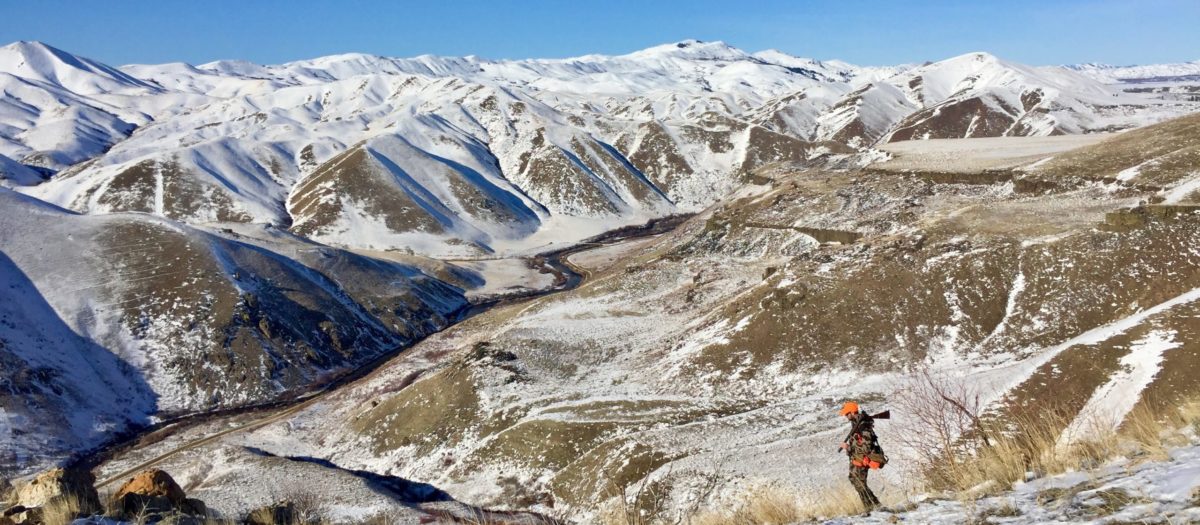

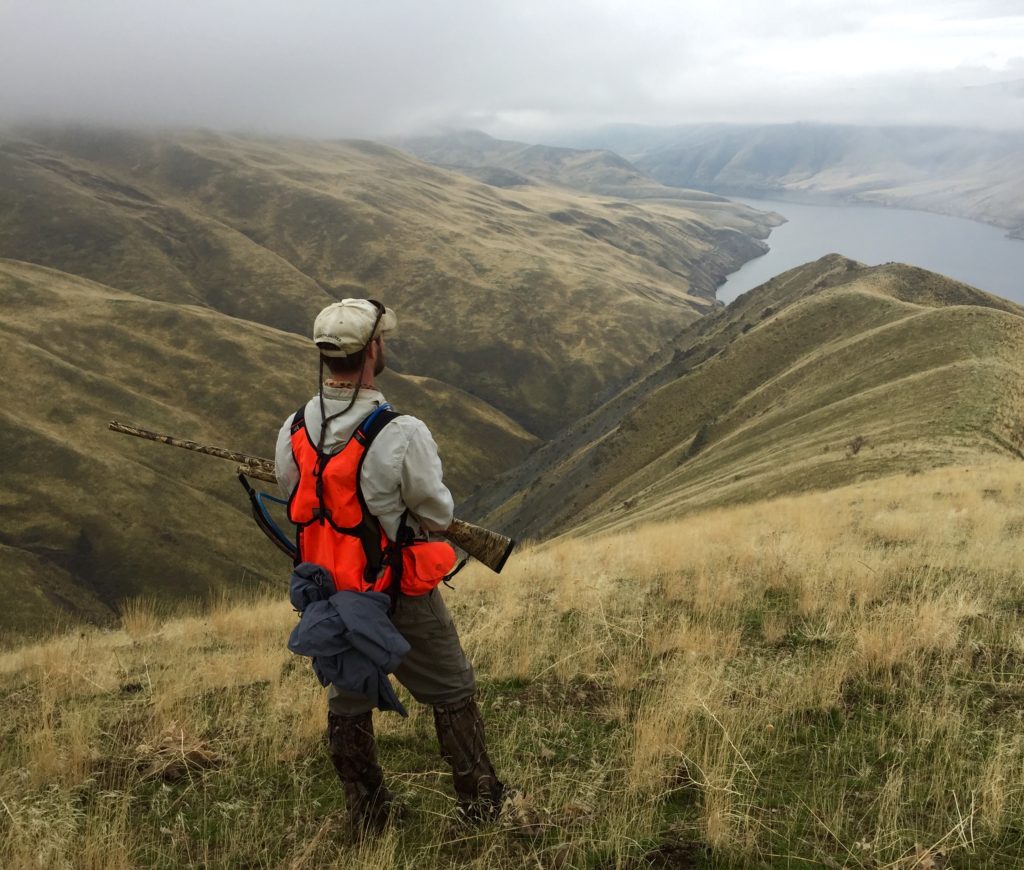


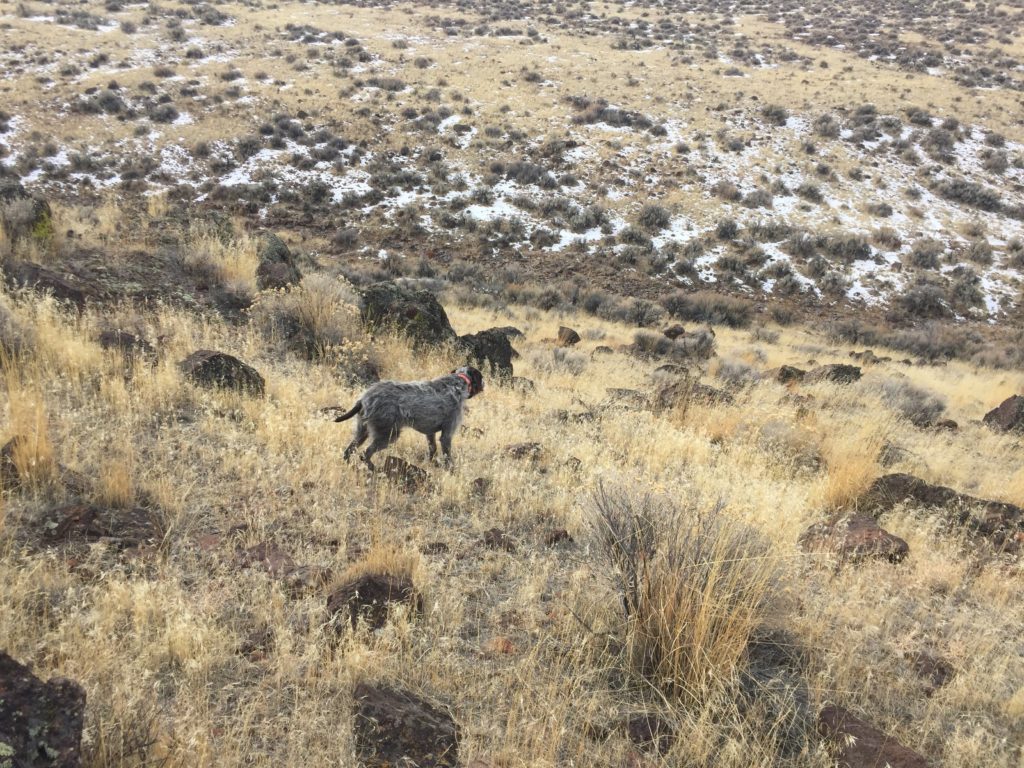

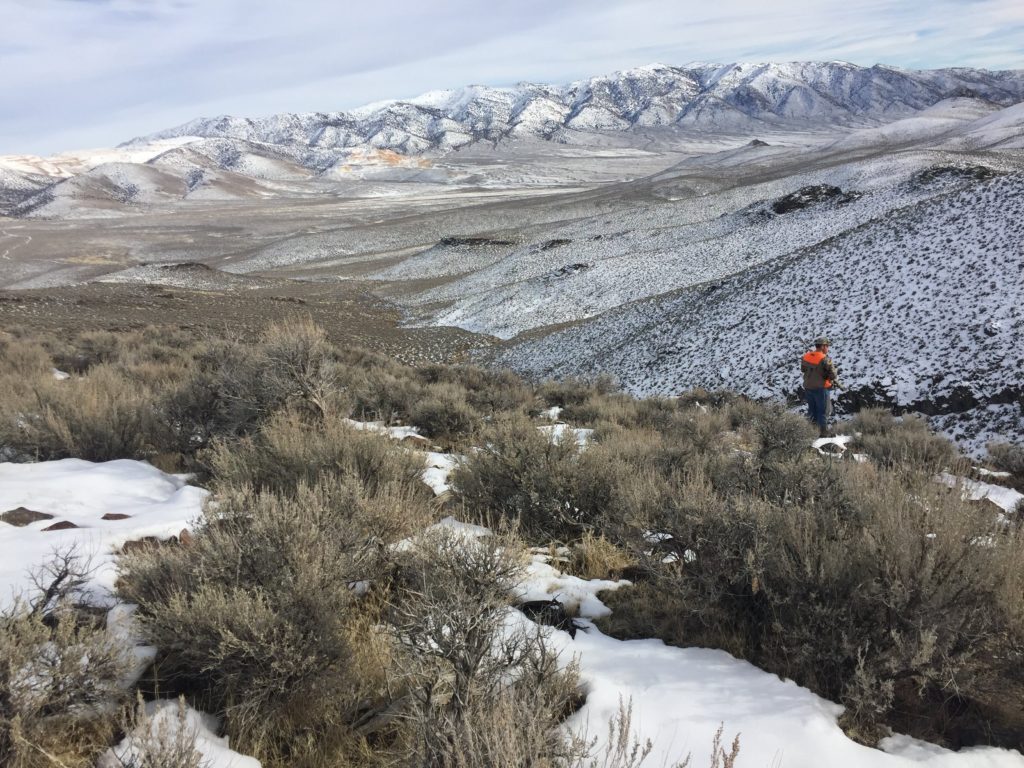

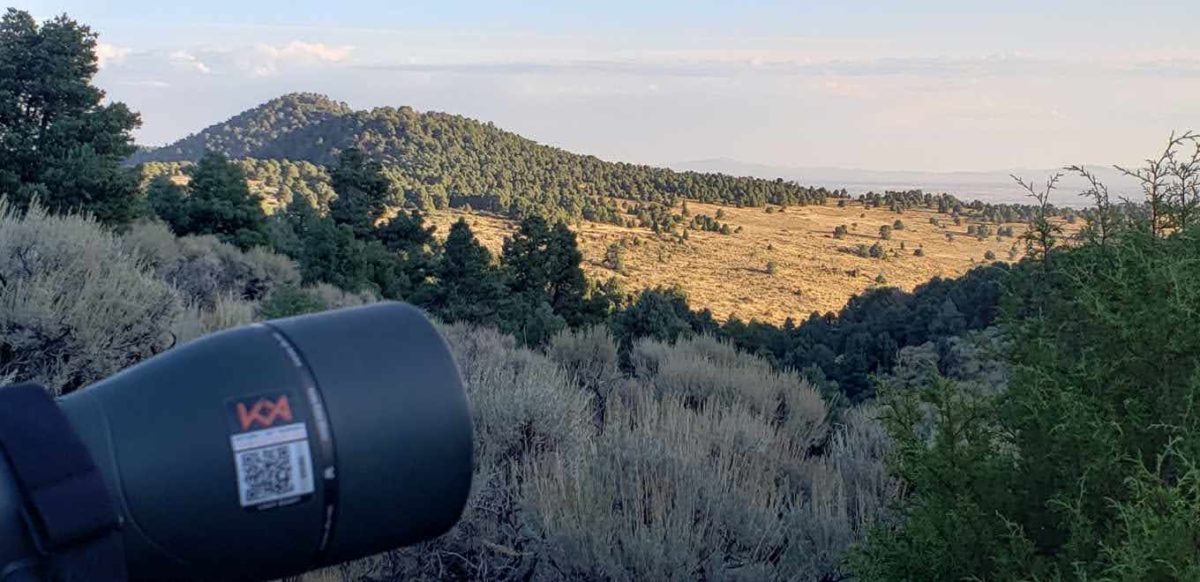
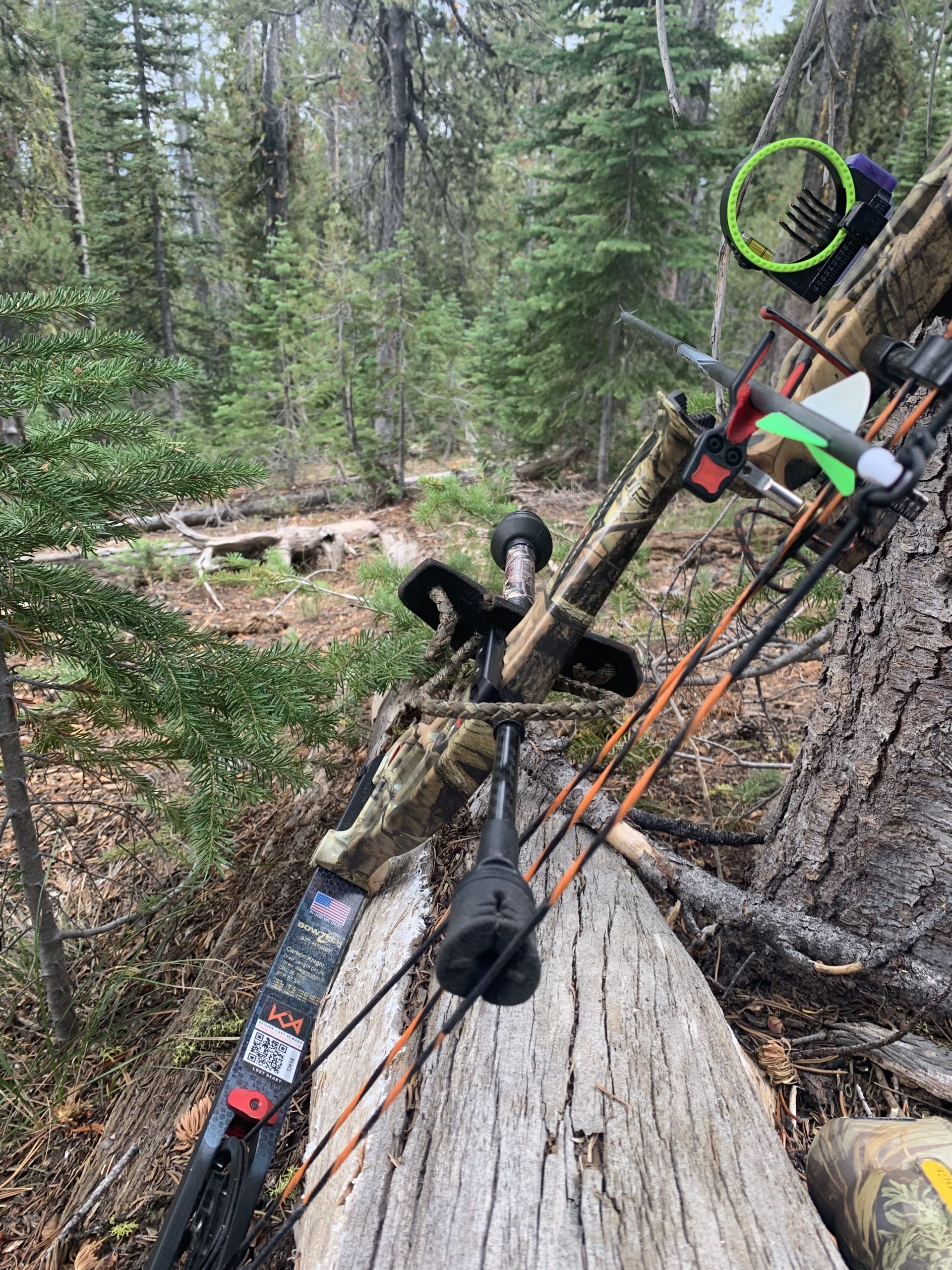


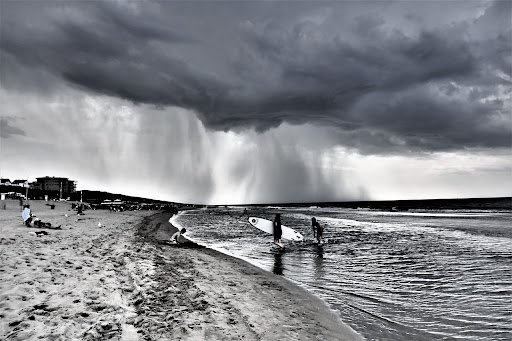


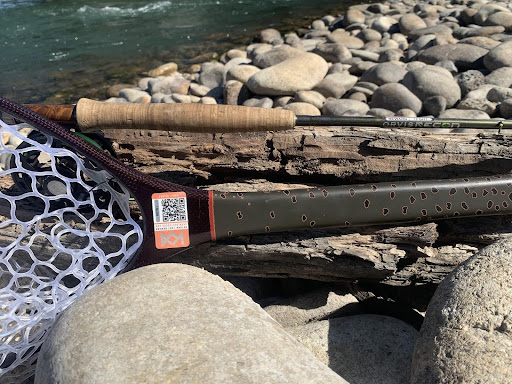

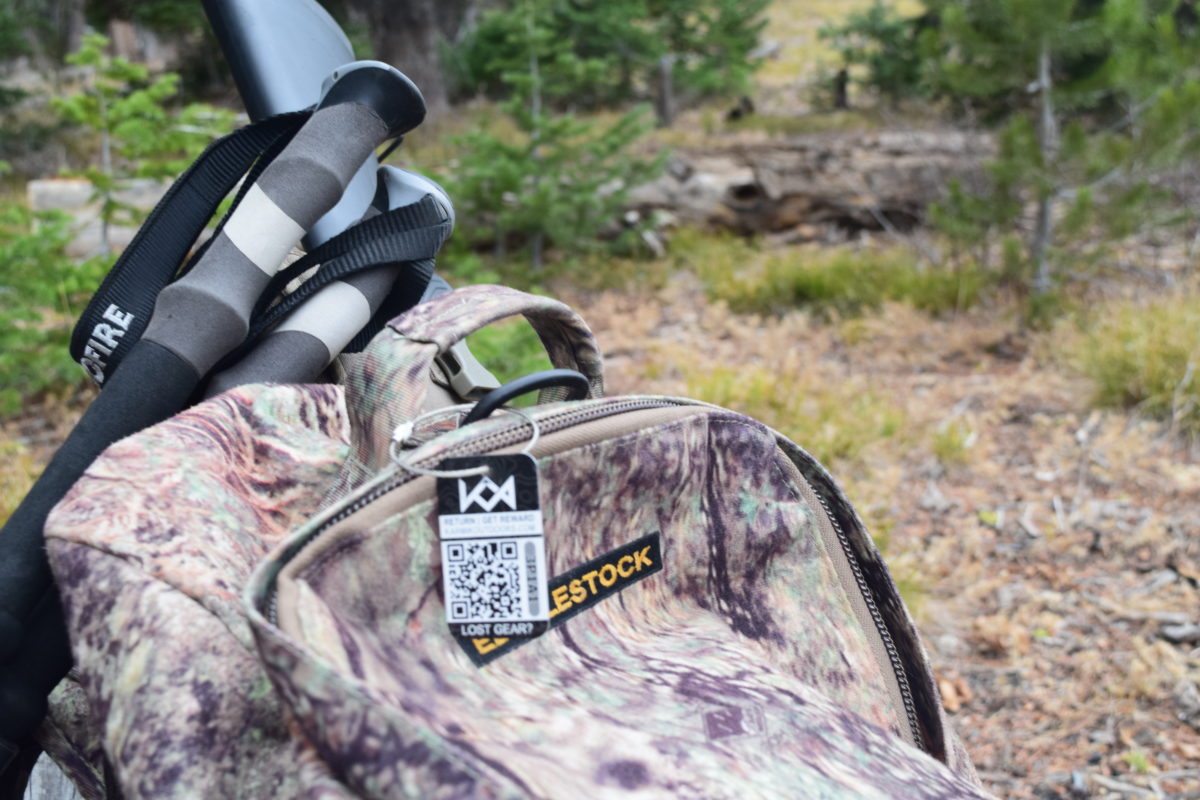

 3. Wallets Forget the money, you can make more money, you will never get the time you waste back! If you lose your wallet you have to call all your banks, all your credit cards, and the Department of Motor Vehicles to cancel and get new ones. What a pain in the A$$. Save your time, stress, anxiety and maybe money and just put a
3. Wallets Forget the money, you can make more money, you will never get the time you waste back! If you lose your wallet you have to call all your banks, all your credit cards, and the Department of Motor Vehicles to cancel and get new ones. What a pain in the A$$. Save your time, stress, anxiety and maybe money and just put a 

 5. Drones. These things fly! When the wind blows or a less than professional person is flying one, they tend to fall out of the sky in places where they can’t be found. Some have built in GPS, some don’t. You shouldn’t rely on a battery powered thing in the out-of-doors. That’s like rule #1. Put a non-battery powered, no bluetooth needed, weatherproof Karmik decal on your gear. Two is one, one is none as the military saying goes. If you have a drone, you need
5. Drones. These things fly! When the wind blows or a less than professional person is flying one, they tend to fall out of the sky in places where they can’t be found. Some have built in GPS, some don’t. You shouldn’t rely on a battery powered thing in the out-of-doors. That’s like rule #1. Put a non-battery powered, no bluetooth needed, weatherproof Karmik decal on your gear. Two is one, one is none as the military saying goes. If you have a drone, you need 
 7. Sun glasses. These things pop up a lot on Craigslist lost and found. Some shades are spendy. When you get a set of name brand high quality sunglasses that have polarized lenses or interchangeable lenses or prescription lenses these can be really expensive. Our decals will absolutely fit in, or on, sunglass cases. Maybe also, our skinny
7. Sun glasses. These things pop up a lot on Craigslist lost and found. Some shades are spendy. When you get a set of name brand high quality sunglasses that have polarized lenses or interchangeable lenses or prescription lenses these can be really expensive. Our decals will absolutely fit in, or on, sunglass cases. Maybe also, our skinny 
 12. Optics. Both spotting scopes and binoculars. I don’t know how people lose these, don’t ask me that. I have mine strapped to my chest ALWAYS. But if I did have a momentary lapse in judgement, maybe during a high stress – high excitement moment – like when an elk walks up on you at 20 yards and you arrow the beast. During your excitement you forget your binos were sitting next to you. Hey, it can happen, and clearly it does happen enough that people post about losing and finding optics regularly. I can’t imagine trying to tell my wife I lost a
12. Optics. Both spotting scopes and binoculars. I don’t know how people lose these, don’t ask me that. I have mine strapped to my chest ALWAYS. But if I did have a momentary lapse in judgement, maybe during a high stress – high excitement moment – like when an elk walks up on you at 20 yards and you arrow the beast. During your excitement you forget your binos were sitting next to you. Hey, it can happen, and clearly it does happen enough that people post about losing and finding optics regularly. I can’t imagine trying to tell my wife I lost a 
 13. Waterfowl decoys. More decoys are probably lost every year than ducks are harvested! Not really, but some days I feel like I see more lost decoys than I see ducks. We hunt rivers a lot. Sometimes the anchor isn’t long enough, or a big clump of weeds or a big chunk of ice floats down and takes your decoys with it. Another reason why you might need Karmik decals is if you hunt with a big group of hunters. If you’re setting up a big mallard spread in a corn field you might want to keep track of whos is whos. A Karmik decal is perfect for that. Our decals are too expensive to protect your entire flock. Maybe just put
13. Waterfowl decoys. More decoys are probably lost every year than ducks are harvested! Not really, but some days I feel like I see more lost decoys than I see ducks. We hunt rivers a lot. Sometimes the anchor isn’t long enough, or a big clump of weeds or a big chunk of ice floats down and takes your decoys with it. Another reason why you might need Karmik decals is if you hunt with a big group of hunters. If you’re setting up a big mallard spread in a corn field you might want to keep track of whos is whos. A Karmik decal is perfect for that. Our decals are too expensive to protect your entire flock. Maybe just put 
 15. Fishing lure boxes. As a fly tier myself I intimately know the value of hooks with feathers and string wrapped around them. I know the time investment behind a vice that is required to fill a fly box. I also know the passion of bass anglers who will paint their own crankbaits. Or those who take the time to attach upgraded hooks or attach trailer hooks. Literally, for the price of
15. Fishing lure boxes. As a fly tier myself I intimately know the value of hooks with feathers and string wrapped around them. I know the time investment behind a vice that is required to fill a fly box. I also know the passion of bass anglers who will paint their own crankbaits. Or those who take the time to attach upgraded hooks or attach trailer hooks. Literally, for the price of  16. Watersports. For the sake of brevity I just threw all water items in the same category. This list could literally be 15 watersports items. Anything used near water will probably get lost. Lifejackets, SUP boards, kayak paddles, rafting oars, anchors, dry bags, boat bags and other paraphernalia that we need as water-loving-outdoor-folk. You could buy a
16. Watersports. For the sake of brevity I just threw all water items in the same category. This list could literally be 15 watersports items. Anything used near water will probably get lost. Lifejackets, SUP boards, kayak paddles, rafting oars, anchors, dry bags, boat bags and other paraphernalia that we need as water-loving-outdoor-folk. You could buy a  17. Bikes. My first two vehicles cost less than some modern bikes. Honestly. The chances of you losing your road bike or mountain bike are admittedly very small. But not zero. Stuff happens and bikes fall out of trucks, or the carriers fail. I have seen a few bikes on Craigslist. Why not buy a decal for a few bucks to protect your thousands of dollars two wheeler.
17. Bikes. My first two vehicles cost less than some modern bikes. Honestly. The chances of you losing your road bike or mountain bike are admittedly very small. But not zero. Stuff happens and bikes fall out of trucks, or the carriers fail. I have seen a few bikes on Craigslist. Why not buy a decal for a few bucks to protect your thousands of dollars two wheeler.



